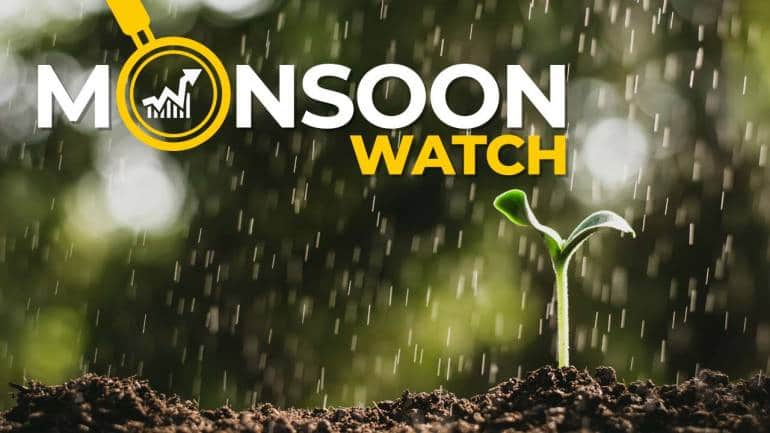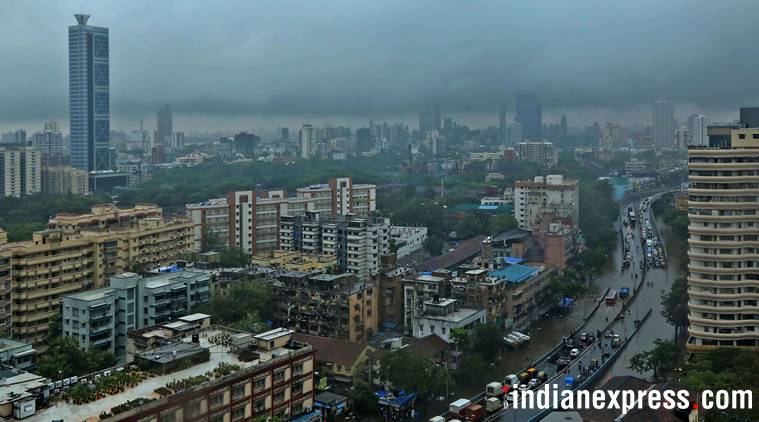- The Indian economy is still largely agrarian needs no further elaboration. Despite India as a country traversing a long distance by making amazing progress in all respects, we are the fourth largest economy in the world now, there are certain fundamental aspects that haven’t changed yet. The Indian services sector is booming, by lodging impressive numbers as enumerated by the statistics. Of course, manufacturing is struggling to scale up, but it hasn’t done badly either. However, a humongous number of people are still dependent on agriculture-based activities, showcasing how far we are yet to travel to usher in inclusive developments to reach the last man standing. Indian agriculture is heavily dependent on the monsoon for sustenance. Period.

PC: Moneycontrol
- Thus, the monsoon assumes tremendous importance in not only contributing to the GDP but also ensuring food security for the most populated country in the world. This year, the monsoon arrived eight days in advance, even as the IMD had predicted rain surplus. Thankfully, food stocks are good, but there’s much to watch out for, though. Since 2009, this is the earliest arrival of monsoon in India, boding well for economic growth. An early monsoon, combined with IMD’s projections of above-normal rainfall, would likely lead to a bumper kharif harvest, essential for keeping food prices and inflation in check. FY 2025-26 has started with abundant grain stocks, so much so that the GOI wants states to lift three months’ ration of wheat and rice to clear warehouses.

PC: Moneycontrol
- Monsoon matters in all this because India’s crop yields remain heavily rain-dependent. For the uninitiated, in MP, half of the acreage is rain-fed. Maharashtra’s agriculture is 80% rain-fed. So, both quantum and the distribution of rainfall are important. Last year, monsoon ended with a rain surplus overall, but Punjab, UP, Bihar – major agrarian states – had a rain deficit. On the other hand, Rajasthan and Gujarat had a problem of plenty. While drought and floods can be averaged out on paper, that doesn’t happen in the field. Any shortfall in production jeopardizes schemes like PMGKAY, under which more than 81cr people are provided free grains. In 2022, the Centre had to reduce wheat allocation under the scheme for two years, due to lower output.

PC: The Indian Express
- A word of caution is apt here. Early monsoons, like child prodigies, don’t always live up to their promise. The 2009 season turned out to be India’s third driest since 1901. Forecasting has improved since then, but still, a lot can happen between September and now. What’s certain, though, is that good monsoon or bad, cities, where 35% of Indians live, will bear its brunt. While below-average rain will leave taps dry and plunge the water table further, leading to secondary effects like ground subsidence, the dangers of excessive rain are well known. Look at some of the cities like Bengaluru and Delhi. It’s time officials stop complaining about unseasonal and excessive rain, which is the new normal, and start building urban infrastructure to cope with it.






